Every four years, almost half of the eligible voter population in the U.S. sit out of the election. A democracy is “a system of government by the whole population,” but how can we have a democracy if half of the people don’t vote?
Elections aren’t only decided by those who do vote but also by those who don’t. According to US News and World reports, in 2024, almost 90 million people didn’t vote. Only 64% of the 245 million eligible voters cast their ballots. This was a decrease in voter turnout from the 2020 election of 66% of eligible voters.
In 2024, a Republican candidate for President won the popular vote for the first time in two decades. This change in voter interest is not necessarily due to people switching their vote but instead a lack of turnout. The 2024 election had the second-closest margin in the popular vote since 1968. Harris failed to reach the same levels of turnout of Democratic voters as Biden in 2020. According to NPR, in New York, a strongly blue state, Harris had 900,000 fewer votes than Biden, while Trump only gained 60,000 compared to the 2020 election. This means, on average, 840,000 New Yorkers who had previously voted sat the election out.
As political parties become more and more divided, swing voters become less common, making appealing to swing voters with a moderate agenda less important. A bigger group needed to win an election is the non-voter. Most people who do not vote are not truly ambivalent; 75% of nonvoters say they follow politics to a certain extent. On average, 42% of eligible voters opt out, which is not an insignificant amount.
According to the New York Times, experts describe the two things that make ambivalent voters more likely to participate: 1) high contrast between the candidates and 2) destabilizing national or international events (for example, recession, war, or pandemic). The experts noted, “When the world feels risky, and the differences between the candidates are striking, decisions feel easier to make, and the stakes of not voting feel higher.” This outlook on voting only perpetuates the extremes in our nation and is a flaw in the current system of voting: it incentivizes politicians to create problems in order to fix them. If voting only seems necessary if the “stakes” are high, then there is little to no incentive to prevent future problems.
One way to address this change in voting culture is compulsory voting, a policy that exists in 22 countries, including Australia, Singapore, and Egypt. Compulsory voting is mandatory voting by law for those eligible. According to The Week, voting increases voter turnout and makes voting not just a right but a duty. It also limits polarization by making politicians appeal not only to those at the extremes of the political spectrum but also to all voters. Nonvoters are more likely to be low-income, or people of color, so compulsory voting would result in greater participation from those groups.
The biggest resistance to compulsory voting is the idea that it contradicts the principles of democracy because it infringes on individual liberty to choose not to vote. Another con to compulsory voting is the problem of the uninformed voter, but in this system, politicians would be focused on educating voters. According to The Week, “[I]f democracy is government by the people, presumably this includes all people, then it is every citizen’s responsibility to elect their representatives.”
While compulsory voting may infringe on the democratic right of individual freedom, it is more important to democracy to have full participation of all people in elections than to have a choice about whether to participate or not.

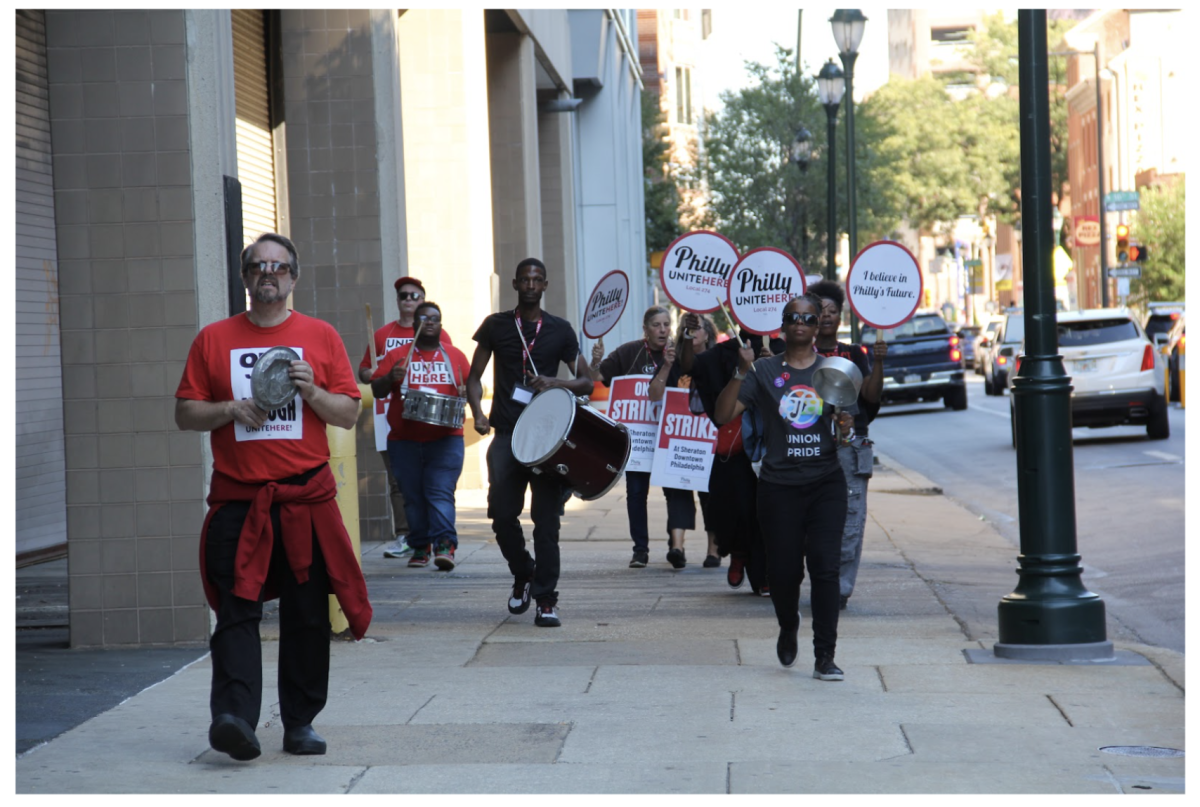














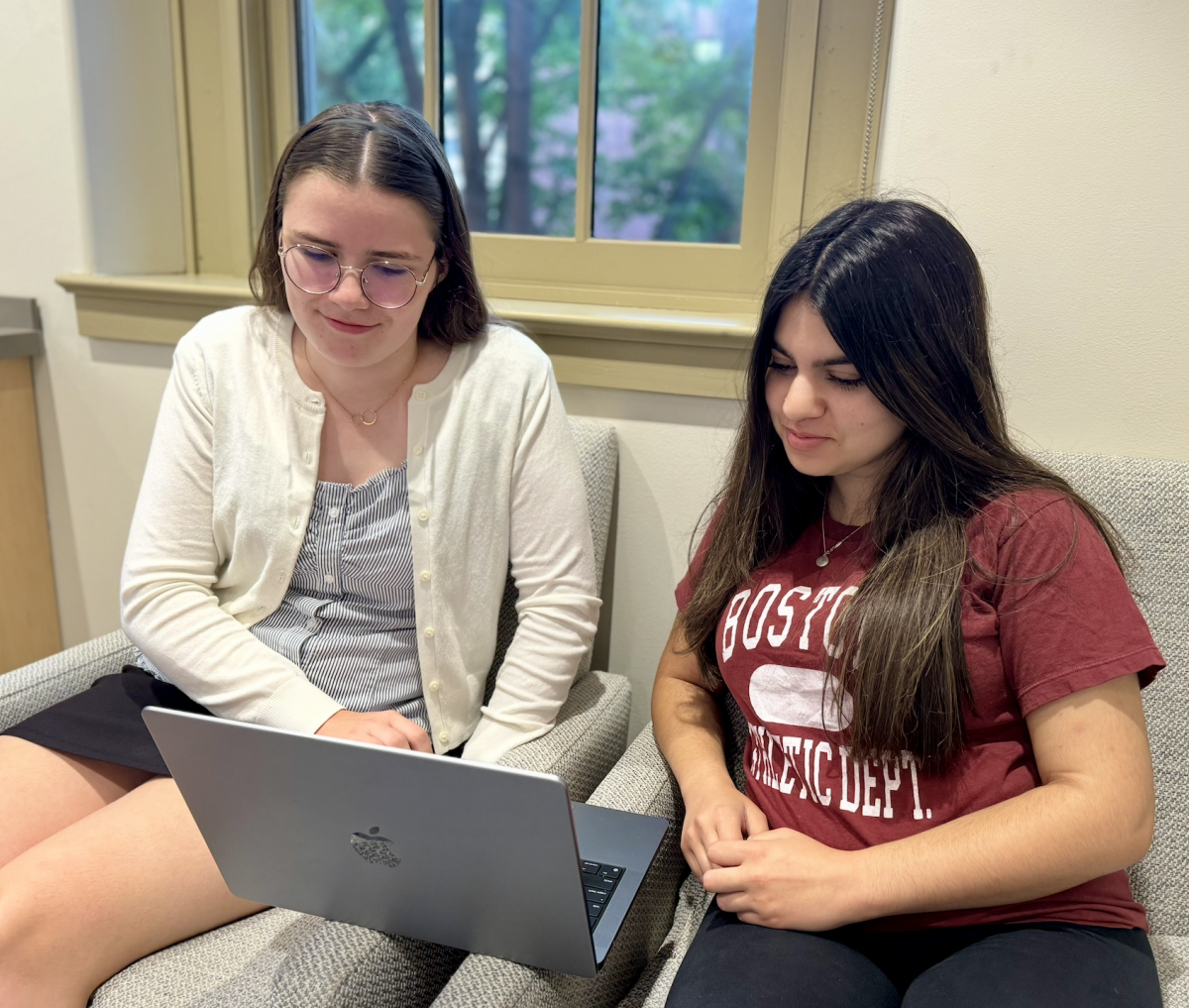

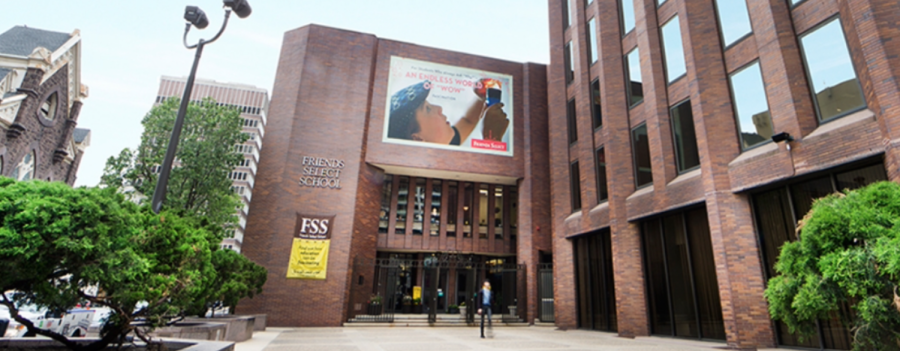


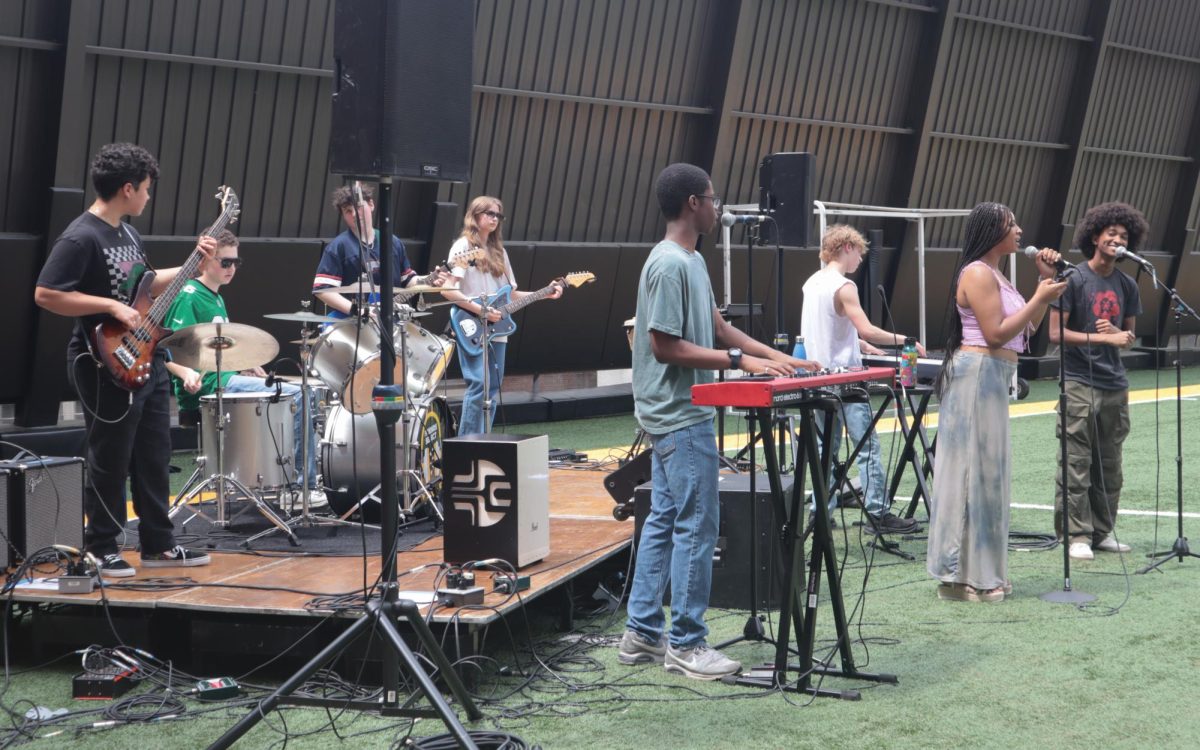






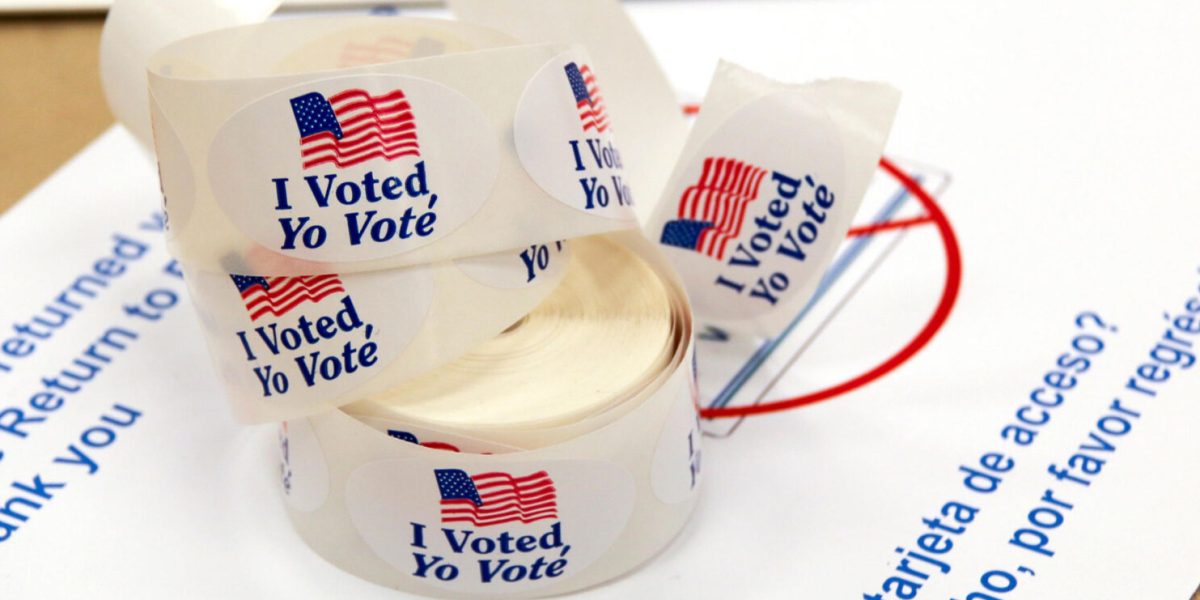

Steve • Feb 5, 2025 at 9:44 AM
I personally like the idea of mandatory voting. I see voting as a civic duty like Jury Duty, which is mandatory. Democracy is a participatory sport, and when citizens don’t vote, it creates an unrepresentative government, decreased legitimacy, and marginalization of minority groups; opening the door to Fascism.